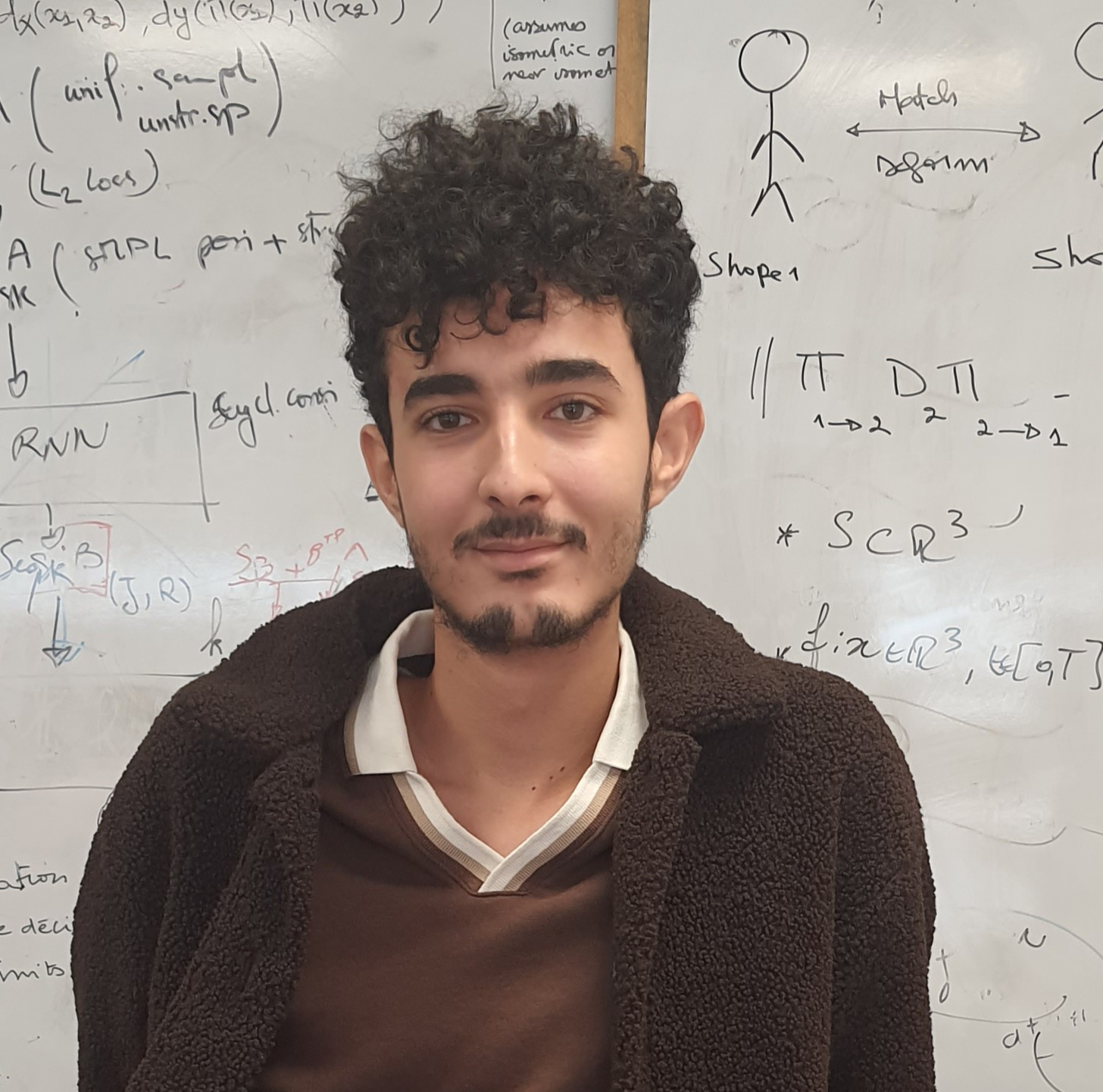My PhD
Capturing the performance of a human
.jpg)
With the growing interest in virtual reality, the need of high quality 3D content has become imperative. Of particular interest is human performance capture, where we try to capture and reconstruct real performances of humans (and optionally other shapes classes like animals and objects). Reconstructed performances have a wide variety of applications in the digital entertainment industry such as character animation and free viewpoint video acquisition.
Human performance capture is a highly complicated task; the captured human shapes can have different body poses and dynamic hair and clothes movements. Achieving a 4D temporally coherent reconstruction with realistic surface deformations is an ongoing quest. Traditional approaches relying on statistical body models fail to capture the subtleties of cloth and hair deformation.
Deep learning on the other hand, is now ubiquitous in most computer vision and graphics tasks. In the past few years, it has come into play and has given further momentum to human performance capture. My PhD aims to allow deep learning methods to produce 4D temporally coherent reconstructions across complex dynamic scenes.
Human performance capture mobilizes a variety of research directions:
- Surface/shape representation.
- Surface/shape processing with neural networks.
- Surface/shape matching.
- Surface/shape reconstruction.
- Surface/shape deformation/motion representation.
Morpheo
.jpeg)
My PhD takes place within the Morpheo Team of Inria Grenoble. Morpheo is concerned with the development of computational solutions for the perception and the analysis of shapes in motion. Research directions in Morpheo can be divided in four main areas: shape acquisition from heterogeneous cameras, shape analysis, motion analysis and finally immersive and interactive environments. My PhD falls under the motion and shape analysis research direction.
I am supervised by Dr. Stefanie Whurer, research scientist at INRIA Grenoble Rône Alpes and Dr. Edmond Boyer, research scientist at Meta Reality Labs Zurich (previously a senior researcher at INRIA Grenoble Rône Alpes).
